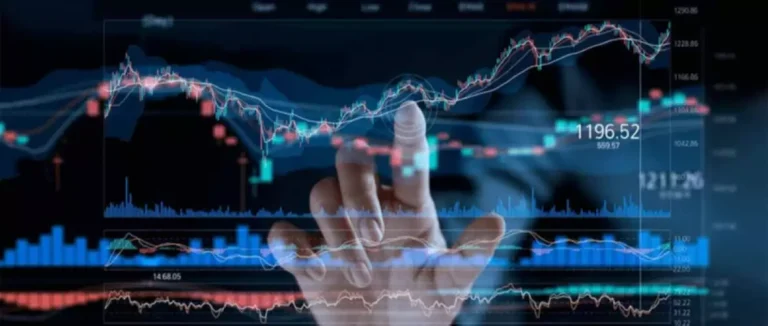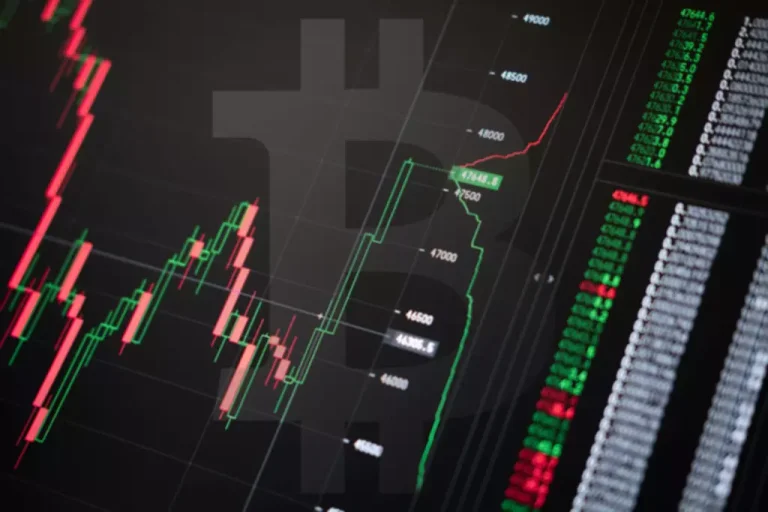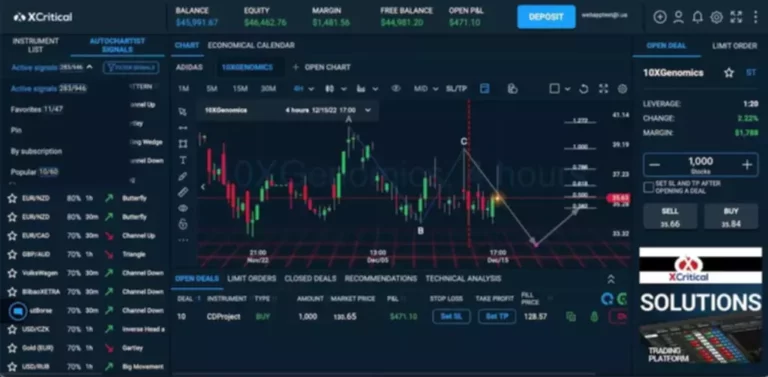This permits for efficient knowledge motion between peripherals and memory, decreasing CPU overhead significantly. One key advantage of bus grasp DMA is its capacity to optimize reminiscence entry patterns, thus enhancing pace and lowering latency in transferring data throughout completely different parts inside the computer system. By using DMA, units like community cards, graphics playing cards, gadget drivers, and storage controllers can instantly access reminiscence locations without fixed intervention from the processor. This streamlined process accelerates knowledge motion and reduces latency in data change within the system.
As an example, on an Intel Core-based PC, the southbridge will ahead the transactions to the reminiscence controller (which is integrated on the CPU die) using DMI, which is ready to in flip convert them to DDR operations and ship them out on the reminiscence bus. As a end result, there are quite a variety of steps involved in a PCI DMA transfer; nonetheless, that poses little drawback, because the PCI gadget or PCI bus itself are an order of magnitude slower than the rest of the elements (see listing of gadget bandwidths). Scatter-gather or vectored I/O DMA allows the switch of knowledge to and from multiple memory areas in a single DMA transaction. It is equal to the chaining together of multiple simple DMA requests.
Kinds Of Direct Reminiscence Access (dma)
Storage controllers, sound playing cards, and community interface playing cards also use DMA during information transfers. Remote Direct Memory Access (RDMA) is one other reminiscence access method that allows two networked computer systems to exchange data in primary reminiscence without relying on the CPU, cache or the operating system of both laptop. Like locally based DMA transactions, RDMA frees up assets and improves throughput and performance. This results in faster information switch rates and decrease latency between RDMA-enabled techniques. DMAC is linked to a quick system bus which is the only medium of transfer. The Disk controllers authorize the disks and have DMA potential and might perform independent capabilities like the DMAC.
By doing so, DMA slashes latency, boosts throughput, and empowers multitasking prowess in servers, community gear, and storage methods. Without DMA, your CPU can be stuck in traffic gridlock, slowing operations and hindering total direct market access forex system responsiveness. In essence, DMA is the secret sauce that keeps the IT infrastructure buzzing alongside easily and efficiently.
Programmed I/O DMA is a technique the place the CPU instantly controls knowledge transfers between peripheral gadgets and reminiscence. In this kind of DMA, the CPU initiates each knowledge transfer by issuing instructions to move data to or from memory. Unlike single-ended DMA, where just one gadget initiates transfers, and dual-ended DMA, where two devices can entry reminiscence independently, arbitrated-ended DMA introduces arbitration logic for efficient resource allocation. It permits a number of gadgets to share the bus without causing conflicts or delays in data switch.
Cycle Stealing Mode
Many hardware systems use DMA, including disk drive controllers, graphics playing cards, network cards and sound cards. DMA can be used for intra-chip data switch in some multi-core processors. Computers that have DMA channels can switch knowledge to and from devices with much much less CPU overhead than computers with out DMA channels. Similarly, a processing circuitry inside a multi-core processor can switch information to and from its local memory with out occupying its processor time, allowing computation and data switch to proceed in parallel. To carry out an enter, output or memory-to-memory operation, the host processor initializes the DMA controller with a depend of the number of words to transfer, and the memory handle to make use of.

Once a request is accepted, the DMA controller briefly takes management of the bus to facilitate direct communication between devices and reminiscence. Dual-ended DMA is a direct memory access type where data transfers can happen bidirectionally between the I/O system and memory. Unlike single-ended DMA, which solely permits knowledge to move in a single course, dual-ended DMA enables simultaneous knowledge transfer in both instructions. Since the SPE’s load/store instructions can read/write only its personal native memory, an SPE totally is dependent upon DMAs to switch information to and from the main memory and local reminiscences of different SPEs. Thus the DMA acts as a primary means of information switch among cores inside this CPU (in contrast to cache-coherent CMP architectures such as Intel’s cancelled general-purpose GPU, Larrabee). In programmed I/O, the processor retains on scanning whether any device is prepared for information switch.
Programmed I/o Dma
The unit that controls the activity of accessing reminiscence immediately known as a DMA controller. Early computers used dedicated DMA controller chips to manage data transfers. These controllers assigned a restricted variety of DMA addresses to units able to DMA transfers. In trendy computers, each DMA-compatible gadget consists of an integrated DMA engine answerable for coordinating with different gadgets and managing data transfers over the PCI Express bus.
These symbols, seen on hardware schematics of pc techniques with DMA performance, represent digital signaling strains between the CPU and DMA controller. A device that makes use of DMA must be configured to make use of each lines of the assigned DMA channel. An different to DMA is Ultra DMA, which offers a burst knowledge switch rate up to 33 megabytes per second (MBps).

In the bus arbitration course of, a DMA system initially controls the bus and becomes the present bus grasp. It then transfers its knowledge block and ultimately leaves it to pass its control onto the opposite DMA device. Keeping the wants of the peripherals in view, they take turns to become the grasp and entry the bus on a precedence foundation. Once the DMA controller positive aspects management of the system bus, it can directly entry the reminiscence without involving the CPU.
Along with that, there’s a Read/Write bit that determines the direction of knowledge communication. Normally there are a couple of general-purpose external gadgets connected to the bus. Further, out of those DMA peripherals, the quicker ones are at high precedence.

In Interrupt pushed I/O, whenever the gadget is ready for knowledge switch, then it raises an interrupt to processor. Processor completes executing its ongoing instruction and saves its current state. Here, the processor doesn’t maintain scanning for peripherals ready for information transfer. In this tutorial, we’ll discuss DMA which stands for direct memory entry.
It incorporates two 16-bit registers, one is DMA Address Register and the other one is Terminal Count Register. DMA can be used for “reminiscence to reminiscence” copying or moving of information inside memory. DMA can offload expensive memory operations, similar to large copies or scatter-gather operations, from the CPU to a dedicated DMA engine. DMA is of curiosity in network-on-chip and in-memory computing architectures. 8237 DMA Controller is a kind of DMA Controller which has a flexible variety of channels however generally works on 4 Input-Output channels. In these current channels, the channel needs to be given the best precedence to be decided by the Priority Encoder.
DMA Controller is a sort of control unit that works as an interface for the data bus and the I/O Devices. As talked about, DMA Controller has the work of transferring the info without the intervention of the processors, processors can control the info transfer. DMA Controller additionally contains an address unit, which generates the tackle and selects an I/O gadget for the transfer of information. During reminiscence entry, data is read from or written to particular memory addresses as instructed by the DMA controller. The controller ensures that information is transferred precisely and promptly with out requiring fixed intervention from the CPU.
So, the greatest way a DMAC is programmed and caters to this example is important. It determines the variety of occasions it could transfer data, what number of reminiscence allocations it can access, and what type of switch mode the DMA controller is utilizing. Another problem is the synchronization of microprocessors to the exterior I/O peripheral.
- In this case, the device sends an interrupt to the processor each time it is prepared however the processor requires some time to modify itself from the principle program to the subroutine.
- If an I/O gadget is ready, the processor totally dedicates itself in transferring the information between I/O and memory.
- This is taken into account to be a slow yet environment friendly mode of direct reminiscence access.
- The DMA controller performs the requested perform as quickly it receives the knowledge.
- There are several actions that could set off this block together with submitting a certain word or phrase, a SQL command or malformed information.
- This ensures efficient reminiscence bus utilization and reduces bottlenecks that could occur with sequential transfers.
Here, the DMA controller takes management of the system bus for information switch. In this mode, the DMA controller acts as a bus master and communicates instantly with memory or different units without involving the CPU. By implementing arbitration, DMA optimizes information circulate by managing competing requests effectively. The arbiter follows predefined guidelines to grant entry based on predetermined priorities or protocols set by system designers. This technique enhances general system efficiency by balancing communication between varied peripherals efficiently.
Direct Memory Address sometimes often recognized as DMA is an information switch technique during which I/O units communicate immediately with the reminiscence with out passing by way of the Central Processing Unit. In this hardware mechanism, a DMA controller substitutes the CPU unit and is liable for accessing the input-output devices and memory for transferring information. This leads to high knowledge switch charges between the peripherals and the memory and communicates massive blocks of data speedily. Without DMA, when the CPU is using programmed input/output, it’s https://www.xcritical.com/ typically fully occupied for the whole period of the learn or write operation, and is thus unavailable to carry out other work. With DMA, the CPU first initiates the transfer, then it does other operations whereas the transfer is in progress, and it lastly receives an interrupt from the DMA controller (DMAC) when the operation is finished. This characteristic is helpful at any time that the CPU cannot sustain with the speed of data switch, or when the CPU must perform work whereas ready for a relatively sluggish I/O knowledge transfer.
